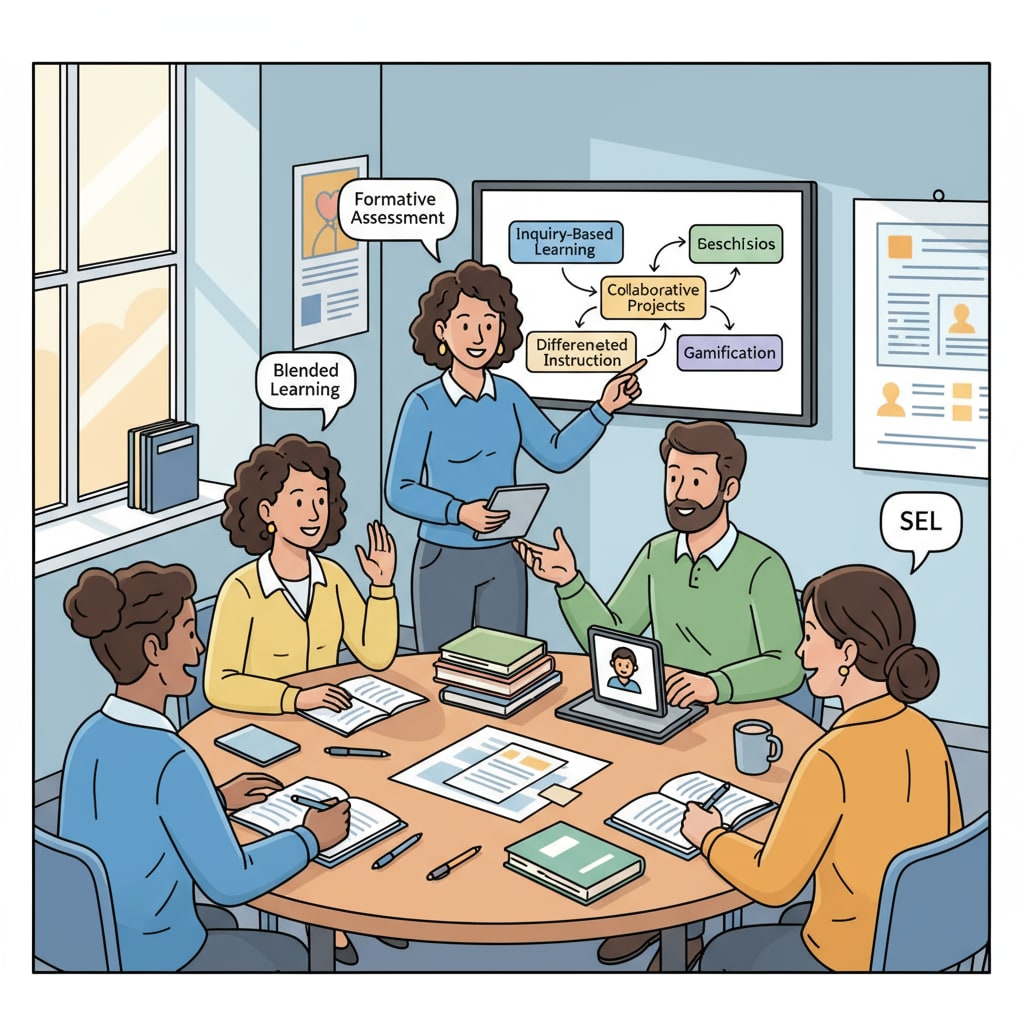When it comes to applying for a Master of Arts in Teaching (MAT) program as a teaching assistant in the K12 education environment, securing strong recommendation letters is a pivotal step. These letters can significantly influence the admissions committee’s decision, acting as a testament to your capabilities, dedication, and potential in the teaching field.

The Significance of Recommendation Letters for Teaching Assistants in MAT Applications
Recommendation letters serve as an external validation of your qualities as an educator. For teaching assistants applying to MAT programs, they offer admissions officers a perspective beyond what is presented in your resume and personal statement. A well-written letter can highlight your classroom skills, ability to work with students and colleagues, and your commitment to the teaching profession. For example, a letter might detail how you effectively supported a struggling student, demonstrating your patience and teaching acumen. This kind of real-life example can set you apart from other applicants. Writing Tips from ETS
Traits of an Ideal Recommender
- Knowledge of Your Work: The best recommenders are those who have closely observed your performance as a teaching assistant. This could be a lead teacher you’ve worked closely with or a school administrator who has witnessed your contributions. They should be able to speak in detail about your responsibilities, achievements, and growth in the role.
- Respect in the Education Community: A recommender with a good reputation in the education field adds credibility to their endorsement. Their standing can influence the admissions committee’s perception of you. For instance, a well-known educator or a respected school principal can carry more weight with the admissions team. Building a Reputation in Education
- Ability to Articulate Your Strengths: An effective recommender should be able to clearly communicate your unique strengths and qualities. They should be able to tell a compelling story about you, emphasizing your potential to succeed in the MAT program and as a future teacher.

Finding the Right Recommenders
Start by making a list of potential recommenders early. Consider those who have had a significant impact on your teaching journey and can provide a positive and detailed assessment. Approach them well in advance, giving them ample time to write the letter. It’s important to have a conversation with them, sharing your goals for the MAT program and why you believe they are the right person to write on your behalf. This conversation can help them tailor the letter to your specific needs and aspirations.
Preparing Your Recommenders
Provide your recommenders with all the necessary information. This includes your resume, transcripts, and a brief summary of your teaching experiences. You can also share your personal statement or any other relevant documents. By doing so, you ensure that they have a comprehensive understanding of your background and can write a more informed and targeted recommendation letter. In addition, offer to answer any questions they may have and provide them with the application deadlines.
In conclusion, obtaining strong recommendation letters is a vital part of the MAT application process for teaching assistants. By understanding the importance of these letters, identifying ideal recommenders, and preparing them effectively, you can enhance your chances of being accepted into the MAT program of your choice. Remember, a well-crafted recommendation letter can be the key to unlocking your future as a professional educator.

Readability guidance: The content is presented in short paragraphs and lists for easy understanding. Key points are summarized, and the proportion of passive voice and long sentences is controlled. Transition words are used throughout the text to enhance flow.


